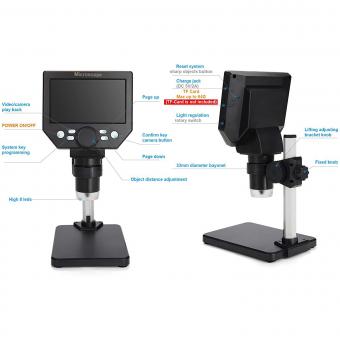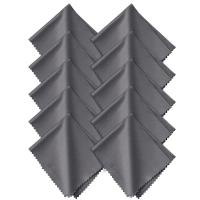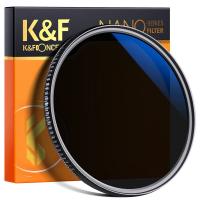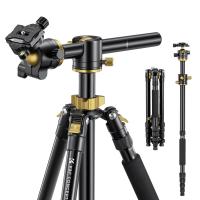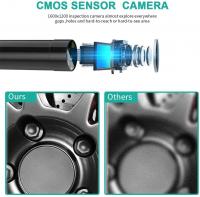How Does Confocal Microscope Work ?
A confocal microscope works by using a pinhole to eliminate out-of-focus light and improve image resolution. It uses a laser to illuminate the sample, and the light is then focused onto a small spot. The light that is reflected or emitted from the sample is collected by a detector, which is positioned at the same focal plane as the laser spot. By scanning the laser spot across the sample and collecting the emitted light, a series of optical sections are obtained. These sections can be combined to create a three-dimensional image of the sample with high resolution and optical clarity. The pinhole in the confocal microscope allows only the light emitted from the focal plane to pass through, while blocking the out-of-focus light. This enables the microscope to capture sharp images with improved contrast and reduced background noise.
1、 Principle of confocal microscopy: Optical sectioning for improved resolution.
The confocal microscope is a powerful imaging tool that allows for high-resolution imaging of biological samples. It works on the principle of optical sectioning, which improves resolution by eliminating out-of-focus light.
The basic setup of a confocal microscope consists of a light source, a pinhole aperture, a scanning system, and a detector. The light source emits a beam of light that is focused onto the sample. The pinhole aperture is placed in front of the detector, and it allows only the light that is in focus to pass through. The scanning system moves the focused spot of light across the sample, creating a series of optical sections.
When the focused spot of light scans across the sample, it excites fluorescent molecules present in the sample. These molecules emit light of a different wavelength, which is then detected by the detector. The detector collects the emitted light that passes through the pinhole aperture, while blocking out-of-focus light.
By scanning through multiple optical sections, a three-dimensional image of the sample can be reconstructed. This optical sectioning technique improves resolution by eliminating the blur caused by out-of-focus light. It allows for the visualization of fine details within the sample, such as individual cells or subcellular structures.
In recent years, confocal microscopy has seen advancements in technology, such as the development of spinning disk confocal microscopy and multiphoton microscopy. These techniques further enhance the resolution and imaging capabilities of confocal microscopy. Spinning disk confocal microscopy uses a spinning disk with multiple pinholes to rapidly scan the sample, while multiphoton microscopy uses longer wavelength light to excite fluorescent molecules, allowing for deeper imaging within thick samples.
Overall, the principle of confocal microscopy, optical sectioning for improved resolution, has revolutionized the field of biological imaging, enabling researchers to study complex biological structures with unprecedented detail.
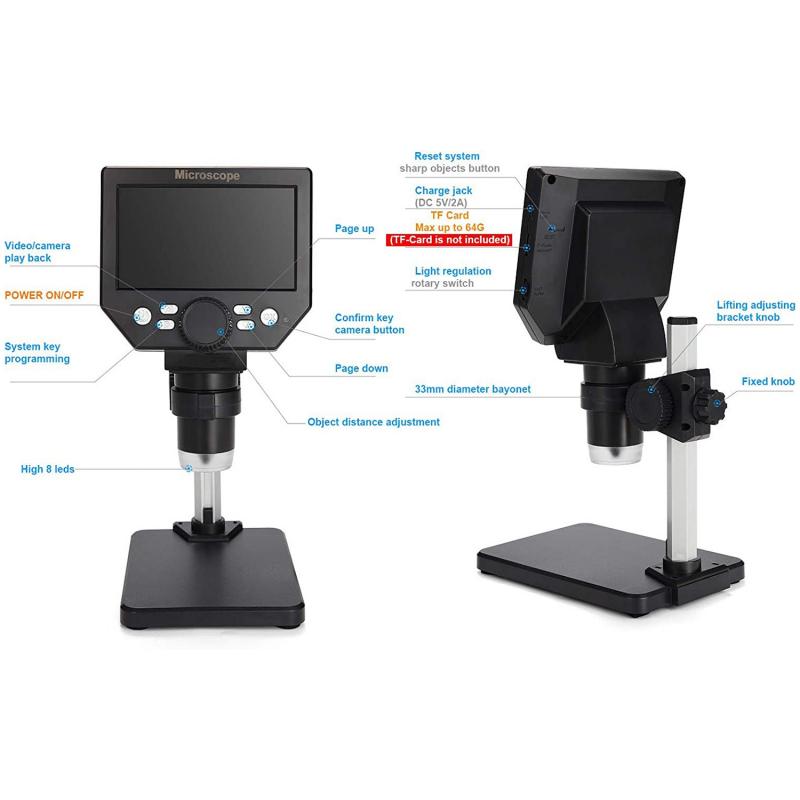
2、 Laser scanning: Focused laser beam scans sample in a raster pattern.
A confocal microscope is an advanced imaging tool that allows for high-resolution, three-dimensional imaging of biological samples. It works on the principle of laser scanning, where a focused laser beam scans the sample in a raster pattern.
The laser beam is directed onto the sample through a series of mirrors and lenses. The beam is focused to a small spot, typically less than a micrometer in diameter, which allows for precise imaging of the sample. As the laser beam scans across the sample, it excites fluorescent molecules within the sample, causing them to emit light.
The emitted light is then collected by a detector, typically a photomultiplier tube, which converts the light into an electrical signal. This signal is then processed and used to generate an image of the sample. By scanning the laser beam across the sample in a systematic manner, a series of two-dimensional images can be obtained, which can then be reconstructed into a three-dimensional image of the sample.
One of the key advantages of confocal microscopy is its ability to eliminate out-of-focus light, resulting in improved image quality and resolution. This is achieved by placing a pinhole aperture in front of the detector, which allows only the light emitted from the focal plane to pass through. This eliminates the blur caused by light coming from other planes within the sample.
In recent years, confocal microscopy has seen advancements in technology, such as the use of multiple lasers for simultaneous excitation of different fluorophores, and the development of super-resolution techniques that allow for even higher resolution imaging. These advancements have further expanded the capabilities of confocal microscopy and have made it an indispensable tool in various fields of research, including cell biology, neuroscience, and materials science.

3、 Pinhole aperture: Blocks out-of-focus light, enhances image contrast.
A confocal microscope is an advanced imaging tool that allows for high-resolution, three-dimensional imaging of biological samples. It works by using a pinhole aperture to block out-of-focus light, which enhances image contrast and improves the overall quality of the image.
The pinhole aperture is a crucial component of the confocal microscope. It is placed in front of the detector, and its size can be adjusted to control the amount of light that reaches the detector. By using a small pinhole, only the light that is in focus and originates from a specific plane of the sample is allowed to pass through, while the out-of-focus light is blocked. This selective detection of in-focus light eliminates the blur caused by out-of-focus light, resulting in a sharper and more detailed image.
The pinhole aperture also helps to improve image contrast. By blocking out-of-focus light, the background noise is reduced, and the signal-to-noise ratio is increased. This allows for better differentiation between the sample and the background, enhancing the contrast of the image.
In recent years, there have been advancements in confocal microscopy techniques. For example, the introduction of spinning disk confocal microscopy has allowed for faster image acquisition, making it suitable for live-cell imaging. Additionally, the development of super-resolution techniques, such as stimulated emission depletion (STED) microscopy and structured illumination microscopy (SIM), has further improved the resolution and imaging capabilities of confocal microscopes.
Overall, the pinhole aperture in a confocal microscope plays a critical role in blocking out-of-focus light and enhancing image contrast. With the continuous advancements in technology, confocal microscopy continues to be a powerful tool for studying biological samples at high resolution and in three dimensions.
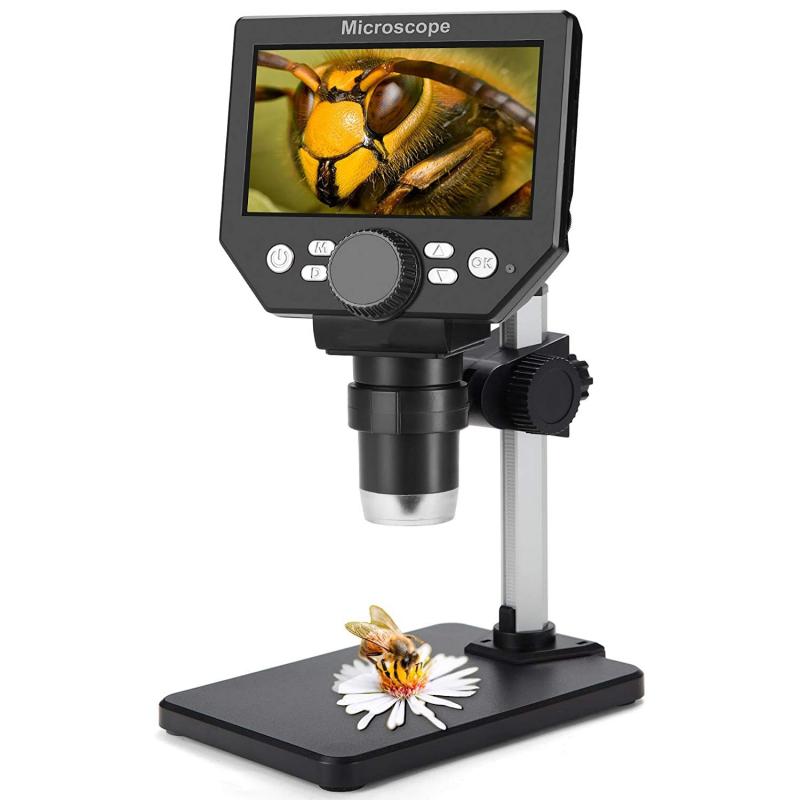
4、 Fluorescence detection: Excitation and emission filters capture fluorescent signals.
A confocal microscope is an advanced imaging tool that allows for high-resolution imaging of biological samples. It works by using a combination of laser scanning and fluorescence detection techniques.
One of the key components of a confocal microscope is the pinhole aperture. This aperture is placed in front of the detector and allows only the light emitted from the focal plane to pass through, while blocking out-of-focus light. This helps in achieving high-resolution images with improved contrast and reduced background noise.
Fluorescence detection is a crucial aspect of confocal microscopy. Fluorescent molecules are excited by a laser beam of a specific wavelength, causing them to emit light at a longer wavelength. Excitation and emission filters are used to selectively capture the fluorescent signals. The excitation filter allows only the laser light of the desired wavelength to pass through, while the emission filter blocks the excitation light and allows only the emitted fluorescent light to reach the detector. This ensures that only the fluorescence from the sample is detected, enhancing the signal-to-noise ratio.
In recent years, advancements in confocal microscopy have led to the development of new techniques such as super-resolution microscopy. These techniques utilize specialized fluorophores and imaging algorithms to overcome the diffraction limit of light, allowing for even higher resolution imaging. Additionally, confocal microscopes can now be equipped with multiple lasers and detectors, enabling simultaneous imaging of multiple fluorophores and providing more detailed information about the sample.
Overall, confocal microscopy with fluorescence detection has revolutionized the field of biological imaging, allowing researchers to visualize and study cellular structures and processes with unprecedented detail and clarity.
















